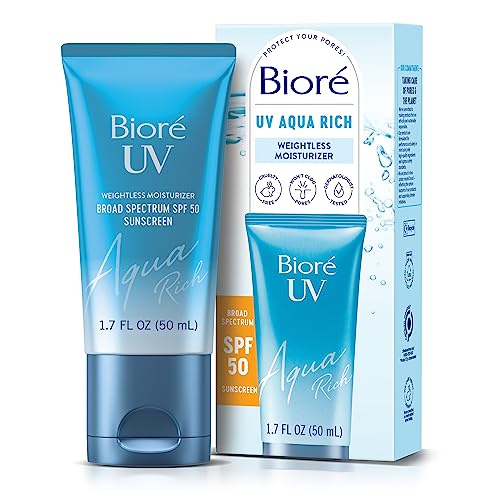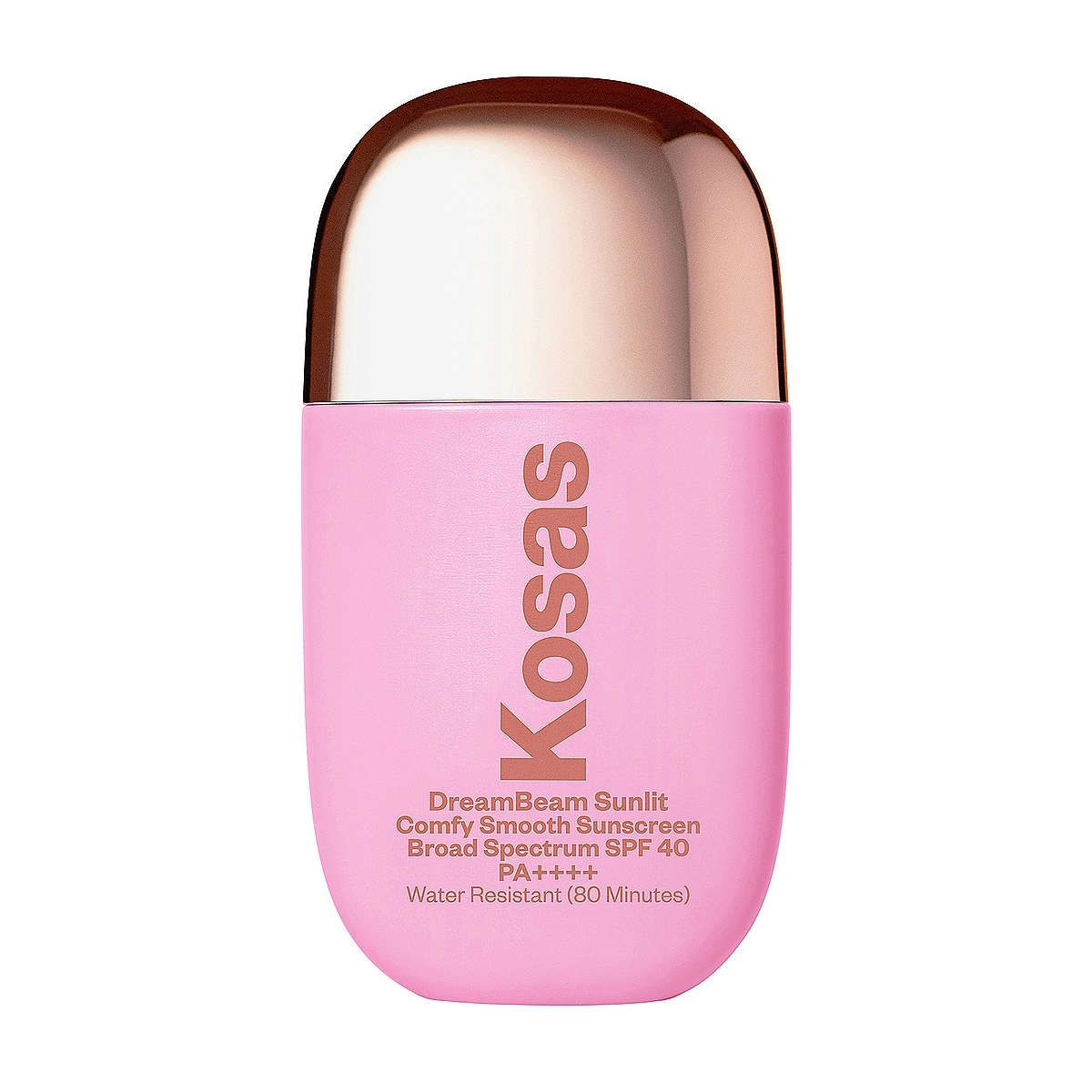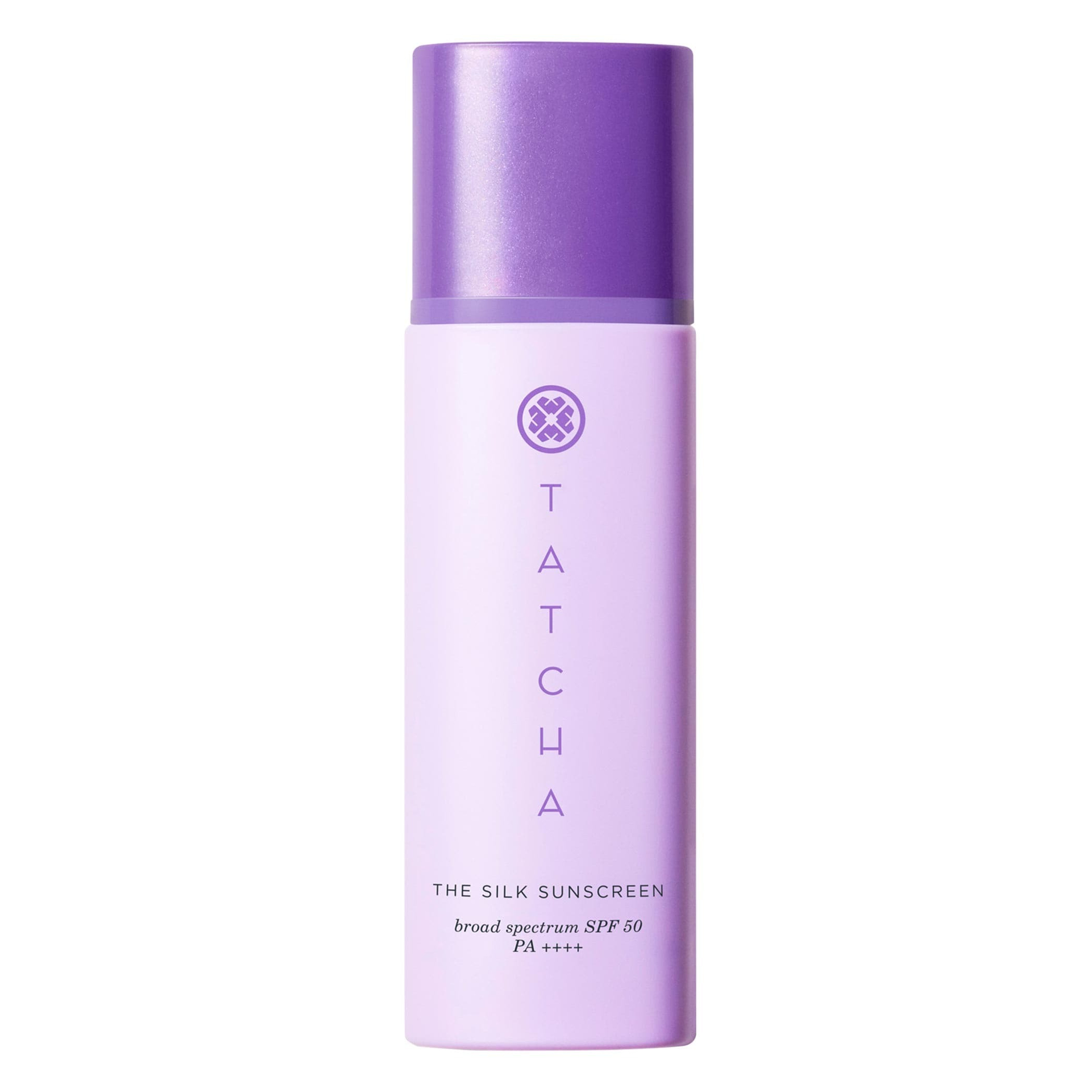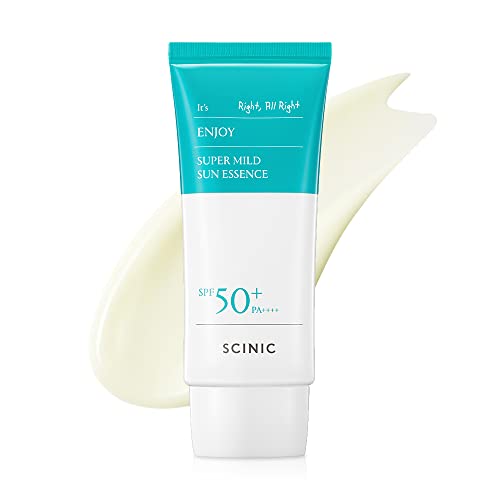I Just Realized That There's a Way You Can Tell If Your SPF Is *Actually* Doing Its Job
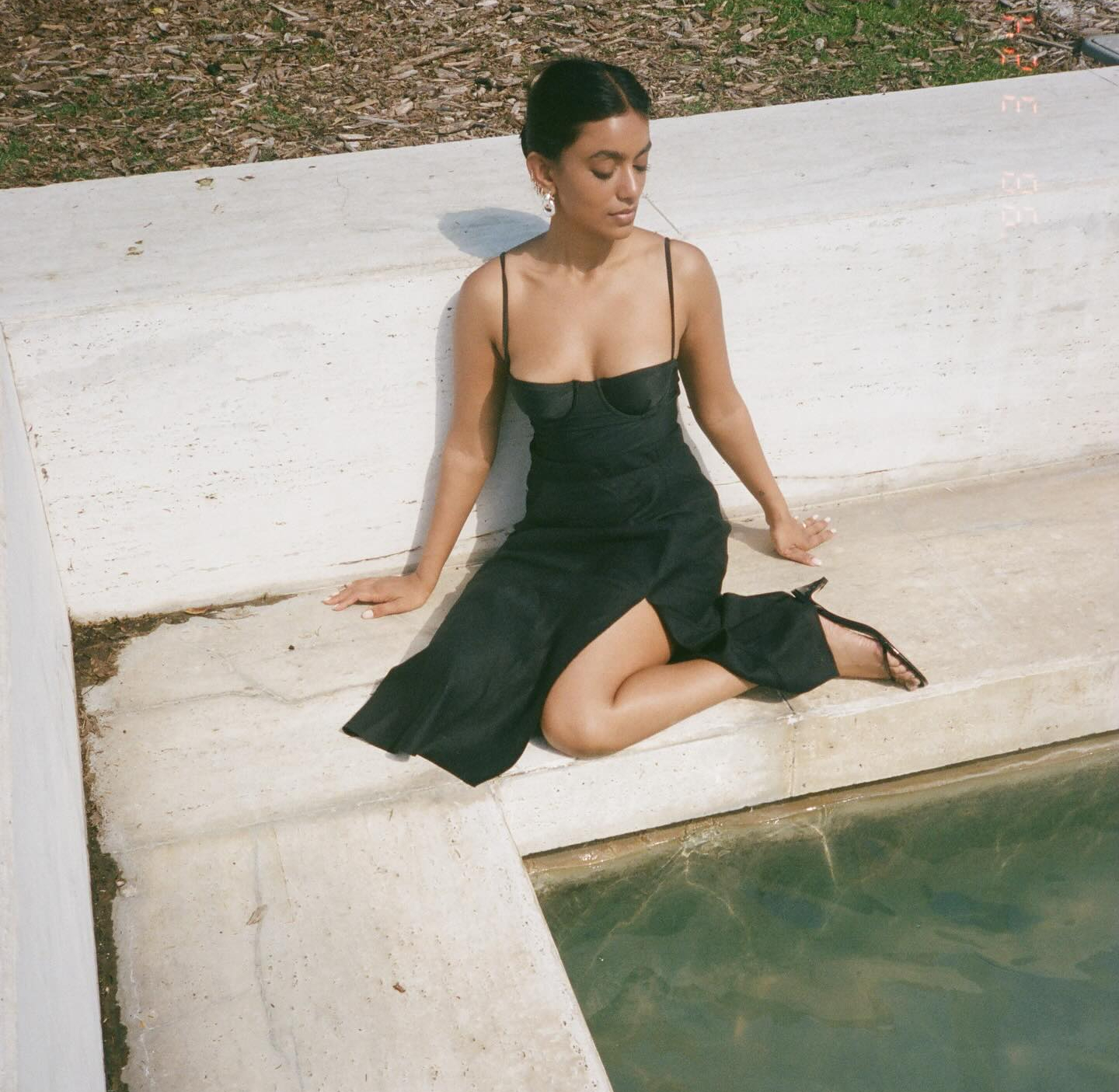
With summer around the corner, I'm thinking about all the swaps I'm going to make in my skincare routine. Not only because my skin tends to get a bit more dehydrated during the summer, but also because it's the most important time to wear a high-quality sunscreen.
I'll be the first person to admit that finding the right sunscreen can feel like an overwhelming (and sometimes frustrating) task—especially if your skin is sensitive or allergy- or acne-prone like mine. But once you do find the right formula, you never want to let it go.
I recently started using an incredible sunscreen (hi to Minu's Brightening Sunscreen!) that had a rating on the bottle that said PA++++. To be perfectly honest with you, I'd heard of the PA index before but didn't have enough details on it to really understand what it meant or why it's helpful to have in a sunscreen. Bad beauty editor, I know.
I decided to tap a few doctors for information on what this is and how it can help you have confidence in your product's efficacy. This is key for the upcoming summer months so you're going to want to keep reading.
What Is the PA Index in Sunscreen?
First, Madhu Shetti, MD, a radiation oncologist, explains, "PA stands for protection grade of UVA. PA+ ratings measure a product’s ability to block UVA rays. Only certain countries like Japan, Unites States, United Kingdom, and Australia use it."
Board-certified dermatologist at LM Medical Morgan Rabach, MD, also filled in a bit more information. "A PA index measures how well a sunscreen can protect from UVA radiation," she says. "This index is calculated based on the lowest amount of UVA that causes skin discoloration after two hours of UVA exposure. Generally, the more plus signs after the PA index, the more protection your skin will get from the product."
What Should You Look For in Your Sunscreen When It Comes to the PA Index?

Basically, the PA index acts as an additional layer of protection and a way for you to be 100% confident in its ability to block the sun's harmful rays. Rabach explains, "A PA index ++++ is the most protective that the index can be and means that the sunscreen protects over 95% of UVAs."
I know you've probably heard it 100 times already, but Rabach is here to remind us again about the importance of wearing sunscreen in general. She adds, "Sunscreen should ideally protect your skin against UVA and UVB radiation. UVA radiation causes free radicals, oxidative damage, premature aging, [and] nuclear damage, which can contribute to skin cancer."
Does This Mean Sunscreens Without a PA Index Rating Are Less Effective?
After hearing from two doctors on this, I can definitely say that your sunscreen is still effective, regardless of if it has a PA index rating. Shetti explained this a little further: "If your sunscreen says 'Broad Spectrum' coverage, the company would have completed extensive testing to show strong UVA and UVB protection. It is highly effective regardless of listing a PA index."
The PA index does, however, add an additional layer of quality assurance and protection so you know for sure how much protection you're getting. Rabach adds, "A PA index rating gives assurance of the type of protection that you are putting on your skin. Other sunscreens may also be protective, but you just don't know how much protection there is without the rating."
While I don't think you need to throw your sunscreen out if it doesn't have this rating attached to it, I do like that a PA index rating means the company has done even further testing on its product to assure its effectiveness.
If you'd like to try a sunscreen with a PA index rating, keep scrolling. I've selected a few favorites along with a recommendation from Rabach.
The Best Sunscreens With a PA++++ Rating
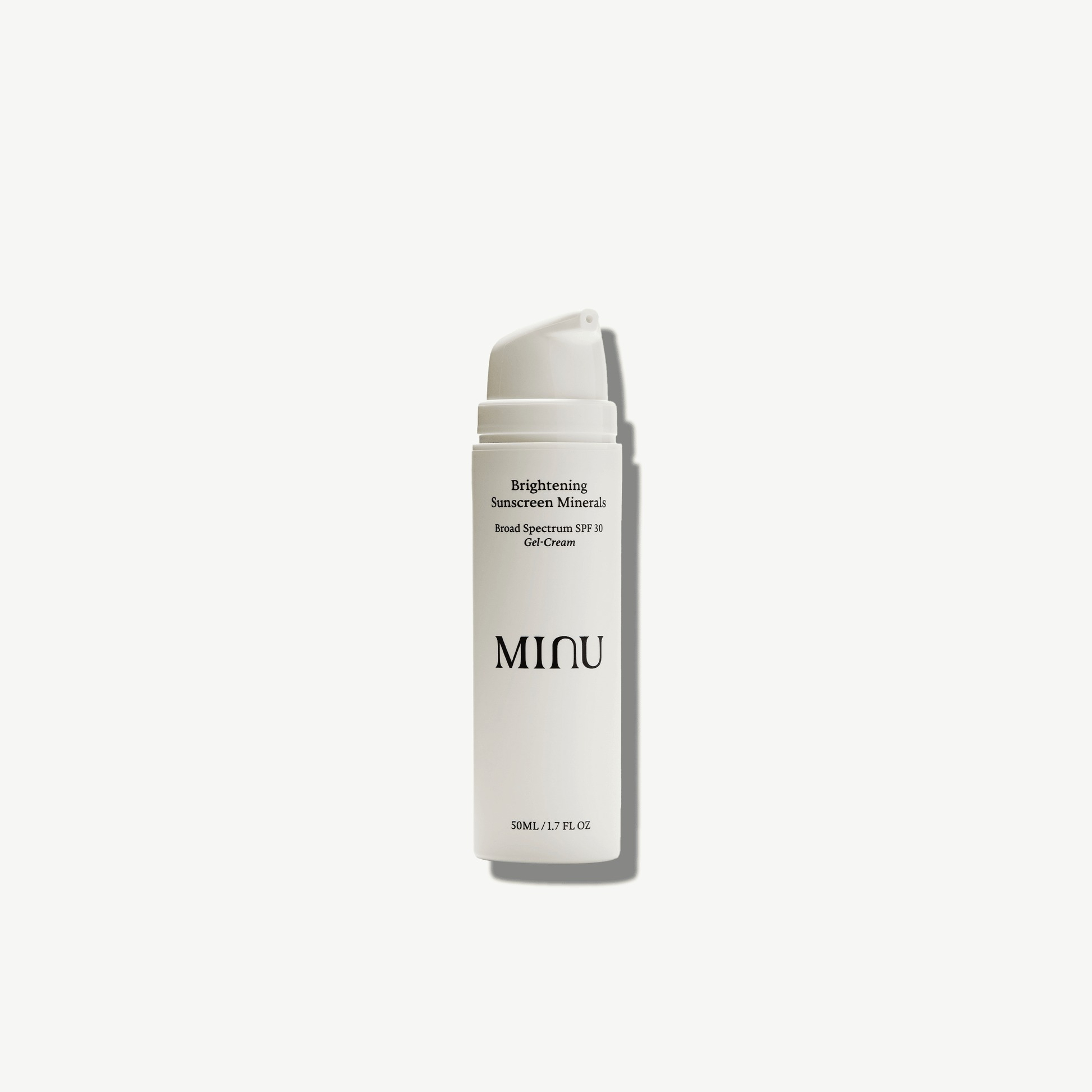
This brightening mineral sunscreen from Minu captured both my heart and fellow Who What Wear beauty editor Kaitlyn McLintock's. It has a PA index rating of ++++ and is oil-free, tinted, and noncomedogenic. Other tinted sunscreens I've tried have stained my clothes, but this one provides the perfect amount of tint without being orange or messy. It's truly one of my all-time favorite formulas now.
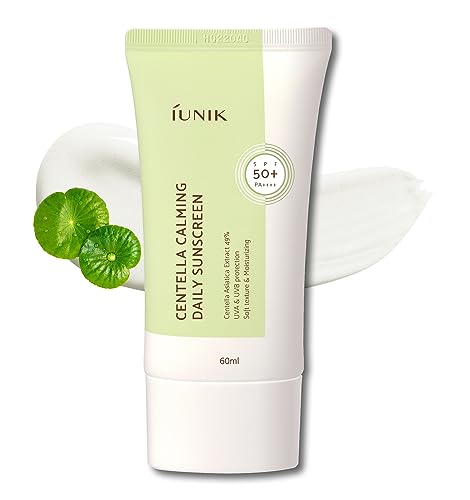
This is one of my favorite Korean sunscreens on the market. It's so great for sensitive, acne-prone skin. It calms redness and active acne within minutes. It's nothing short of magical.

Skinbetter Science products are so, so good. I love many a formula from the brand, but this sheer, lightweight sunscreen is one of my favorites. I also love that it contains SPF 70 sun protection—a higher grade than many other SPFs out there on the market.
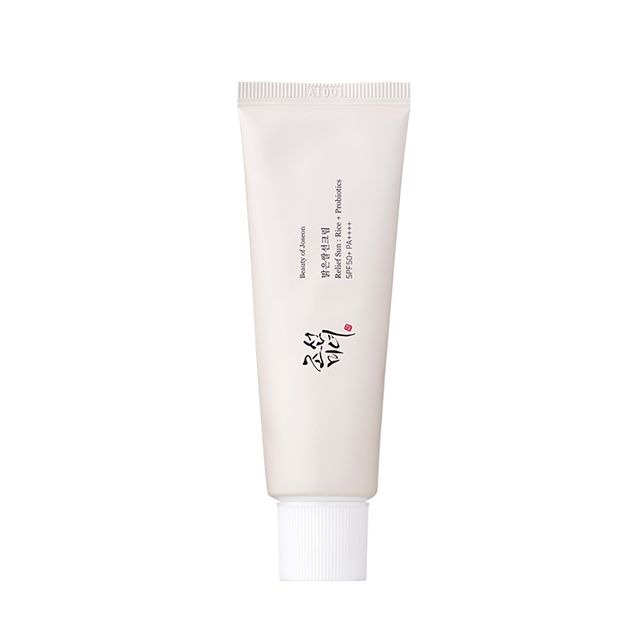
Another reason I love Korean sunscreens is because they don't actually feel like a sunscreen. Most have a creamy texture that feels more like a moisturizer—especially this one. It's another favorite of mine because it's so moisturizing but never feels heavy or sticky and didn't break me out.
Shawna Hudson is a beauty, wellness, lifestyle, and travel writer with over 10 years of experience. She graduated from California State University, Fullerton, with a degree in journalism and has written for other publications such as Bustle, The Zoe Report, Byrdie, Elite Daily, and more. She is currently a beauty writer at Who What Wear and hopes to continue feeding her (completely out-of-control) beauty obsession as long as she can. Stay up to date on her latest finds on Instagram @shawnasimonee.

